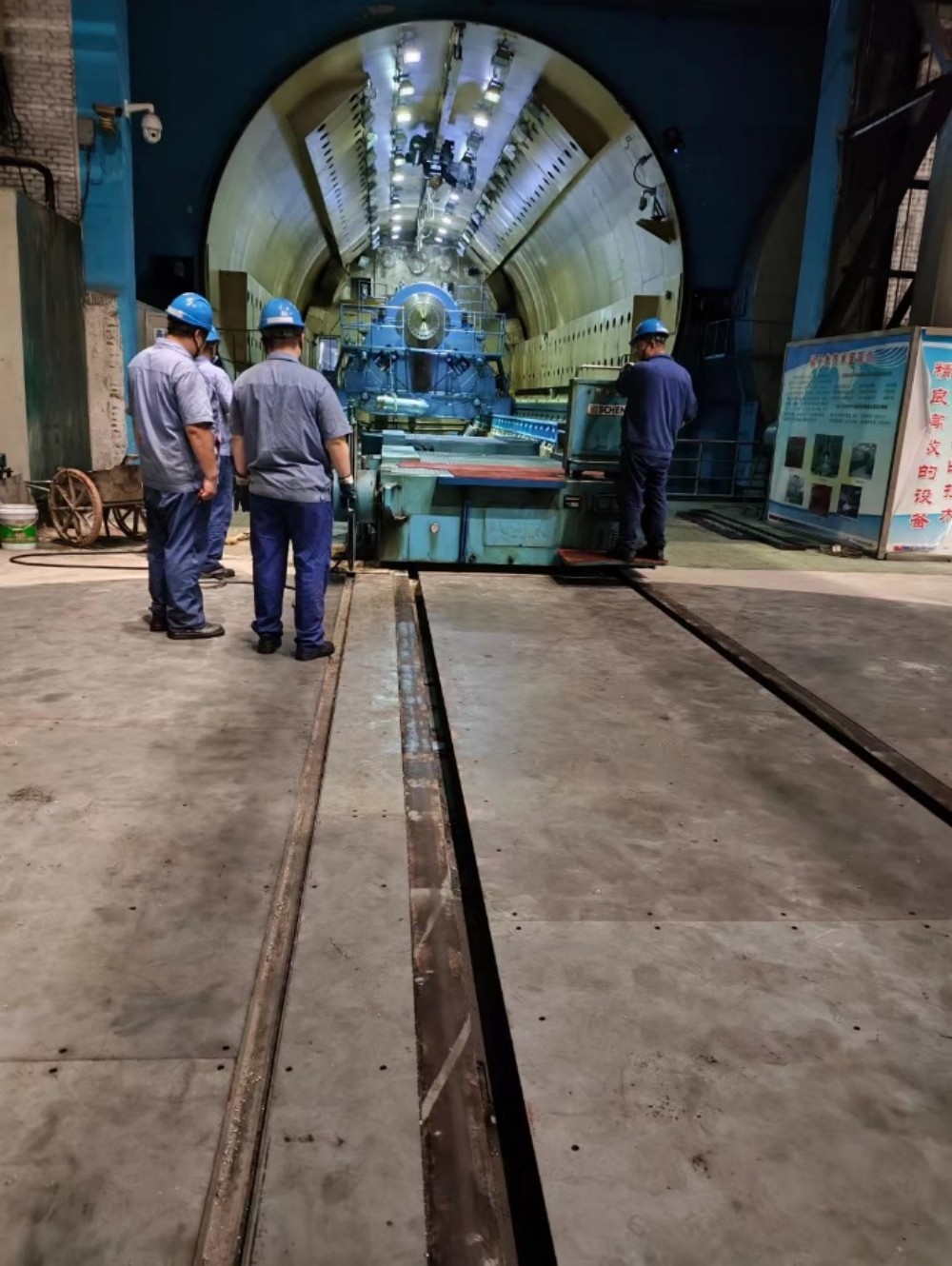Water, the elixir of life, is an invaluable resource that sustains all living beings on our planet. However, the increasing pollution levels pose a significant threat to the availability of clean and safe drinking water. In this blog post, we delve into the realm of chemical water purification methods, exploring the innovative techniques and compounds that have revolutionized the way we purify water.
- Chlorination: The Time-Tested Champion
Chlorination, a widely adopted water disinfection method, involves the addition of chlorine-based compounds to kill harmful microorganisms. This chemical process effectively eliminates bacteria, viruses, and other pathogens, making water safe for consumption. However, it is essential to strike a balance between the required chlorine dosage and potential disinfection by-products, ensuring both safety and efficacy. - Ozonation: Harnessing the Power of Ozone
Ozonation, a powerful oxidation process, has gained popularity as an alternative to traditional chlorination. Ozone, a highly reactive form of oxygen, is generated and introduced into water to eliminate a broad spectrum of contaminants. Its ability to destroy organic compounds, remove odors, and inactivate pathogens makes it a versatile and efficient water purification method. Moreover, ozone leaves no harmful residues, making it an eco-friendly choice. - Activated Carbon: Absorbing Impurities
Activated carbon, derived from various sources like coconut shells or coal, is a remarkable adsorbent widely used in water treatment. Its porous structure provides a large surface area, enabling the adsorption of organic compounds, chlorine, and other impurities. This versatile material effectively removes unpleasant tastes, odors, and even certain heavy metals, enhancing the overall quality of purified water. - Reverse Osmosis: The Pinnacle of Purity
Reverse osmosis (RO) is a highly efficient water purification technique that employs a semipermeable membrane to separate impurities from water. By applying pressure, water molecules are forced through the membrane, leaving behind contaminants such as salts, bacteria, and viruses. RO systems are capable of producing high-quality drinking water, free from most dissolved solids, making it suitable for various applications, including desalination. - Coagulation and Flocculation: Settling the Impurities
Coagulation and flocculation are chemical processes that aid in the removal of suspended particles and colloidal impurities from water. Coagulants, such as aluminum sulfate or ferric chloride, are added to water, causing the impurities to clump together. Flocculants, like polymers, are then introduced to enhance the formation of larger particles, facilitating their removal through sedimentation or filtration processes.
Conclusion:
Water purification is a critical process that ensures the availability of safe and clean drinking water. The chemical methods discussed in this article, including chlorination, ozonation, activated carbon adsorption, reverse osmosis, and coagulation/flocculation, offer effective solutions to combat water pollution. By harnessing the power of these chemical marvels, we can safeguard our water resources and promote a healthier future for generations to come.







